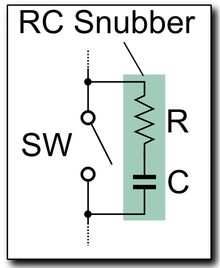Hi chaps and thanks for all the comments, yes the relays are available, and only £3.50 each, so no problem there! This is to an extent a fault of my own making

, The company I buy the PCB from recomends that the trailing flat 8 core cable is replaced every 5 years, and also should be replaced with the pcb, should the pcb fail. I replaced the pcb only, and I think I paid dearly for my mistake. The cable runs from the moving chair, round a pulley and into the track of the stairlift, it then runs to the bottom of the track, goes round another weighted pulley on wheels, and back to the top of the track where it connects to the power supply. As the chair goes down, the cable is pulled up, and held taught by the weighted pulley, which rolls up the inside of the track. Wneh the failures have occurred, the chair has been at the top, where is spends most of its time. What I suspect has happened, is that there is an intermittent break in one of the power supply cores, the motor has gone into start mode, and with full current flowing through the coil in the motor, the power to the PCB has fluctuated enough to not only collapse the feild in the motor, but also partially drop out the relay, the resultant high back EMF from the collapsing field would arc across the points in the relay, and weld them closed. Once this has happened, and the pcb fuse blows, replacing the fuse will try to start the motor immediatly power is applied, but with the electro brake still on, so the fuse blows again. It may be that a sharp tap on the relay box will free the points, buy I cant get in to the relay without cutting them open as they are sealed to withstand the PCB washdown after soldering. At that price, it is well worth replacing them!
Thanks for your thoughts and interest!
Phil

